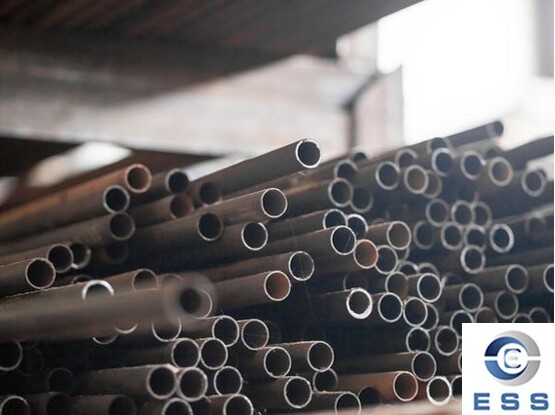
The compressive strength of carbon
steel pipe varies according to specifications and wall thickness. Common
carbon steel pipe pressure grades include PN6, PN10, PN16, etc., indicating
different rated pressures. Taking DN15 (1/2 inch) carbon steel pipe as an
example, its compressive strength can reach 26.2MPa, which belongs to the PN16
pressure grade. The specific compressive strength needs to be determined
according to actual needs and product specifications.
Overview of compressive strength of
carbon steel pipe
As a widely used pipe material, the
compressive strength of carbon steel pipe is an important indicator for evaluating
its quality and performance. Compressive strength refers to the ability of the
pipe to withstand internal pressure without rupture or deformation. The
compressive strength of carbon steel pipe varies depending on factors such as
pipe specifications, wall thickness, and production process. Therefore, when
selecting carbon steel pipe, its compressive strength must be clearly
determined to meet specific application requirements.
Classification of carbon steel pipe
pressure grades
For ease of selection and application,
carbon steel pipes are divided into different pressure grades according to
their compressive strength. Common carbon steel pipe pressure grades include
PN6, PN10, PN16, PN25, PN40, etc., where "PN" represents the rated
pressure. These pressure grades correspond to different pressure ranges. For
example, PN16 represents a rated pressure of 16Bar, or 1.6MPa.
Calculation of the compressive strength
of carbon steel pipes
The compressive strength of carbon steel
pipes can be calculated using relevant formulas, which involve parameters such
as the nominal size of the pipe, wall thickness, and tensile strength of the
material. Taking the commonly used DN15 (1/2 inch) carbon steel pipe as an
example, assuming that its nominal wall thickness is 2.11mm, the tensile
strength of the material is 410MPa, and the temperature coefficient is 0.8, the
formula P=2ST/D is used to calculate that the compressive strength of the
carbon steel pipe is 26.2MPa, which belongs to the PN16 pressure grade.
How to choose the appropriate carbon
steel pipe pressure grade
When selecting a carbon steel pipe, in
addition to considering its compressive strength, it is also necessary to
comprehensively consider factors such as the use environment, system pressure,
and medium properties. First, determine the required pressure level according
to the working pressure of the system; second, select the appropriate pipe
material according to the corrosiveness, temperature and other properties of
the medium; finally, determine the specifications and wall thickness of the
pipeline based on actual needs.
Summary
In short, understanding the compressive
strength and pressure level of carbon steel pipes is of great significance for
the correct selection and use of carbon steel pipes. By reasonably selecting
the pressure level, it can be ensured that the pipeline can withstand the
expected pressure during use, thereby ensuring the safe and stable operation of
the system.













 Eastern Steel Manufacturing Co.,Ltd not only improve product production and sales services, but also provide additional value-added services. As long as you need, we can complete your specific needs together.
Eastern Steel Manufacturing Co.,Ltd not only improve product production and sales services, but also provide additional value-added services. As long as you need, we can complete your specific needs together.










